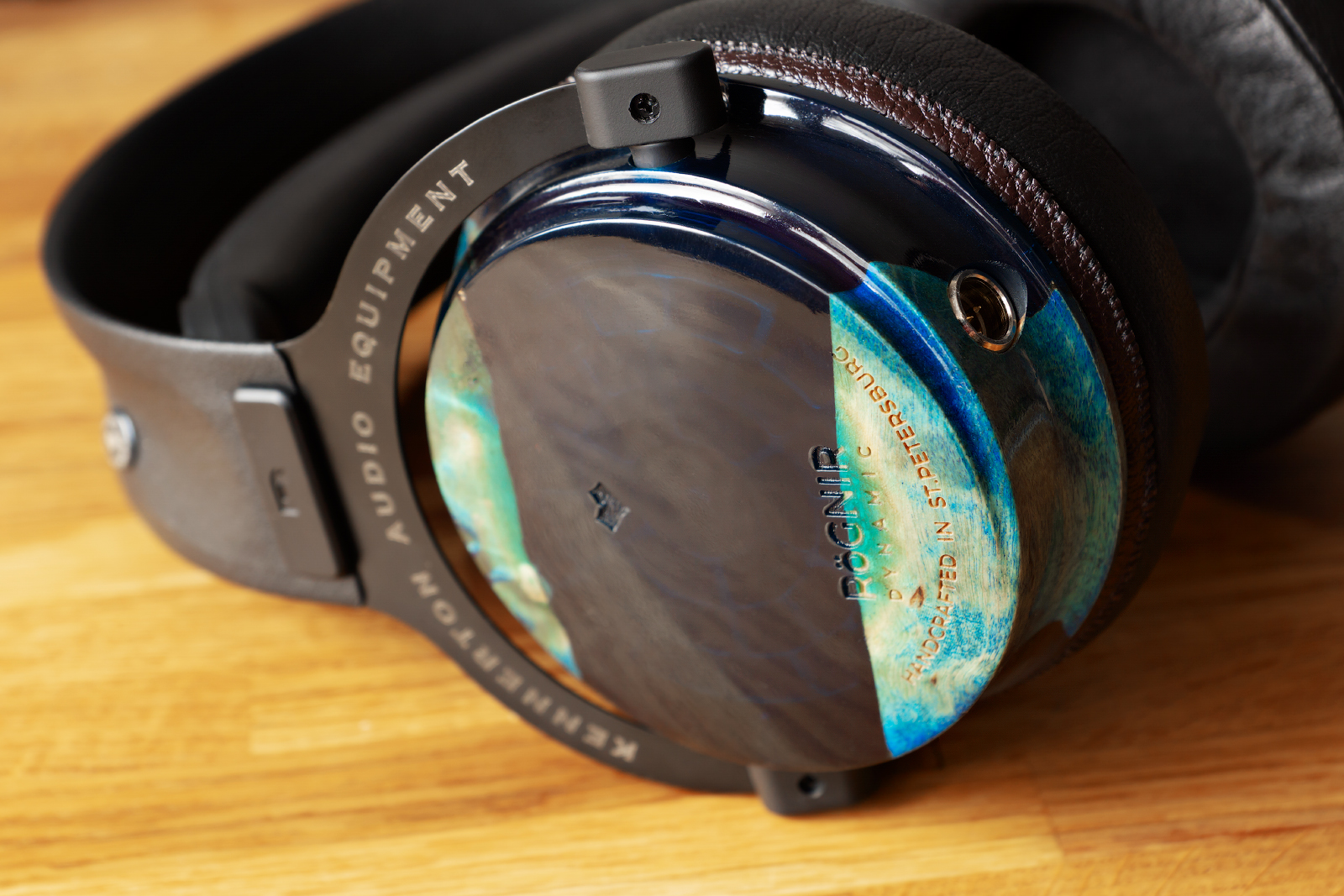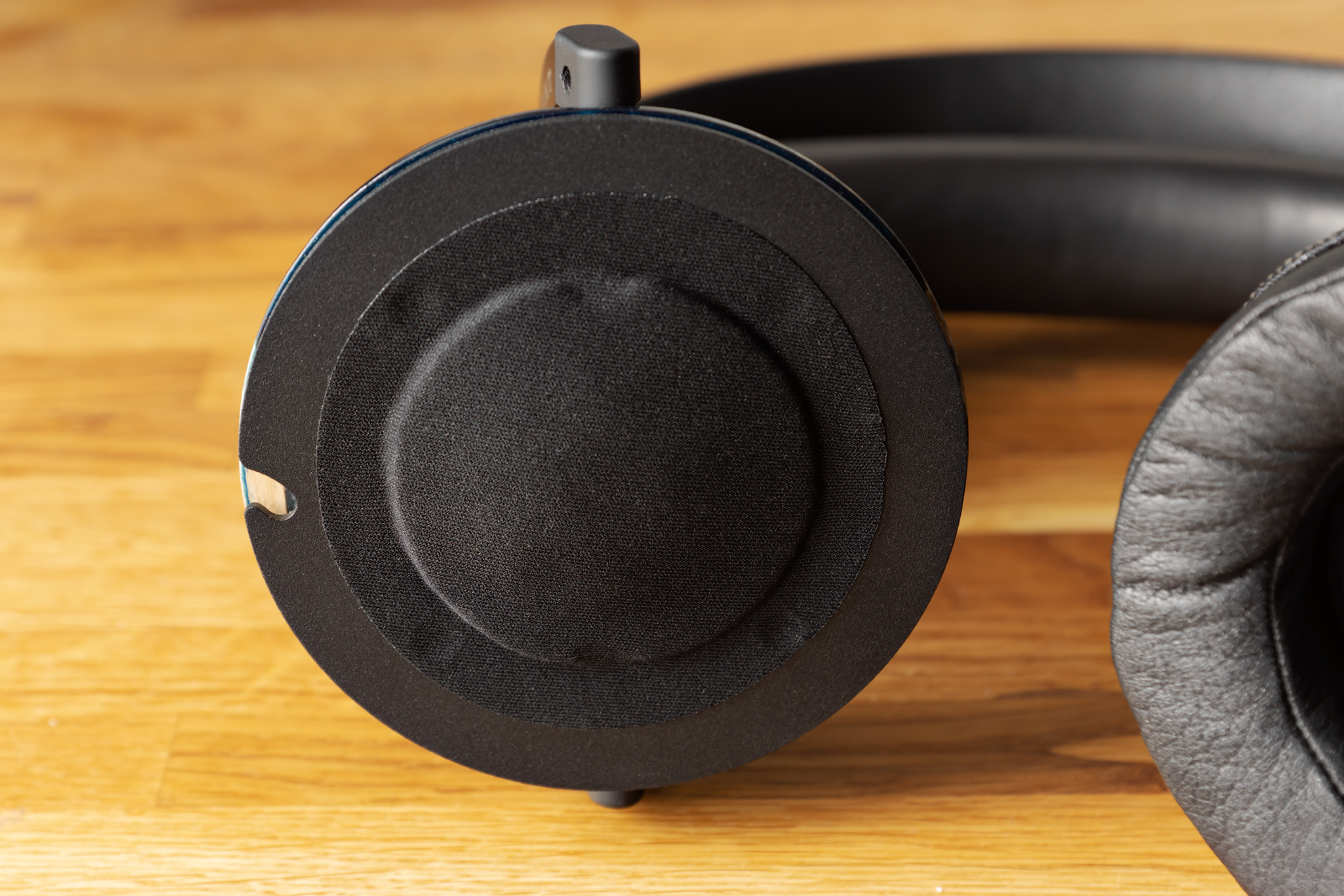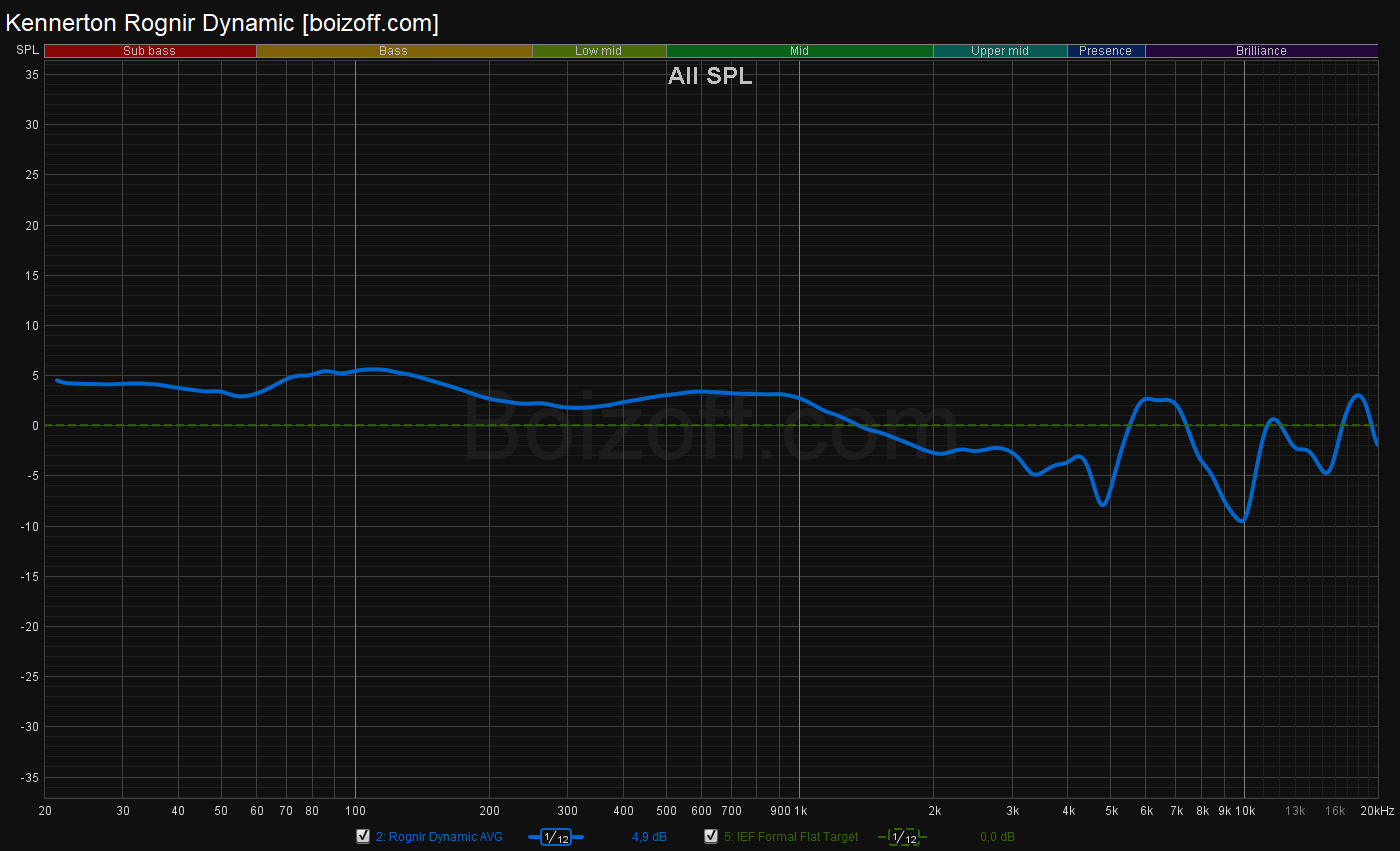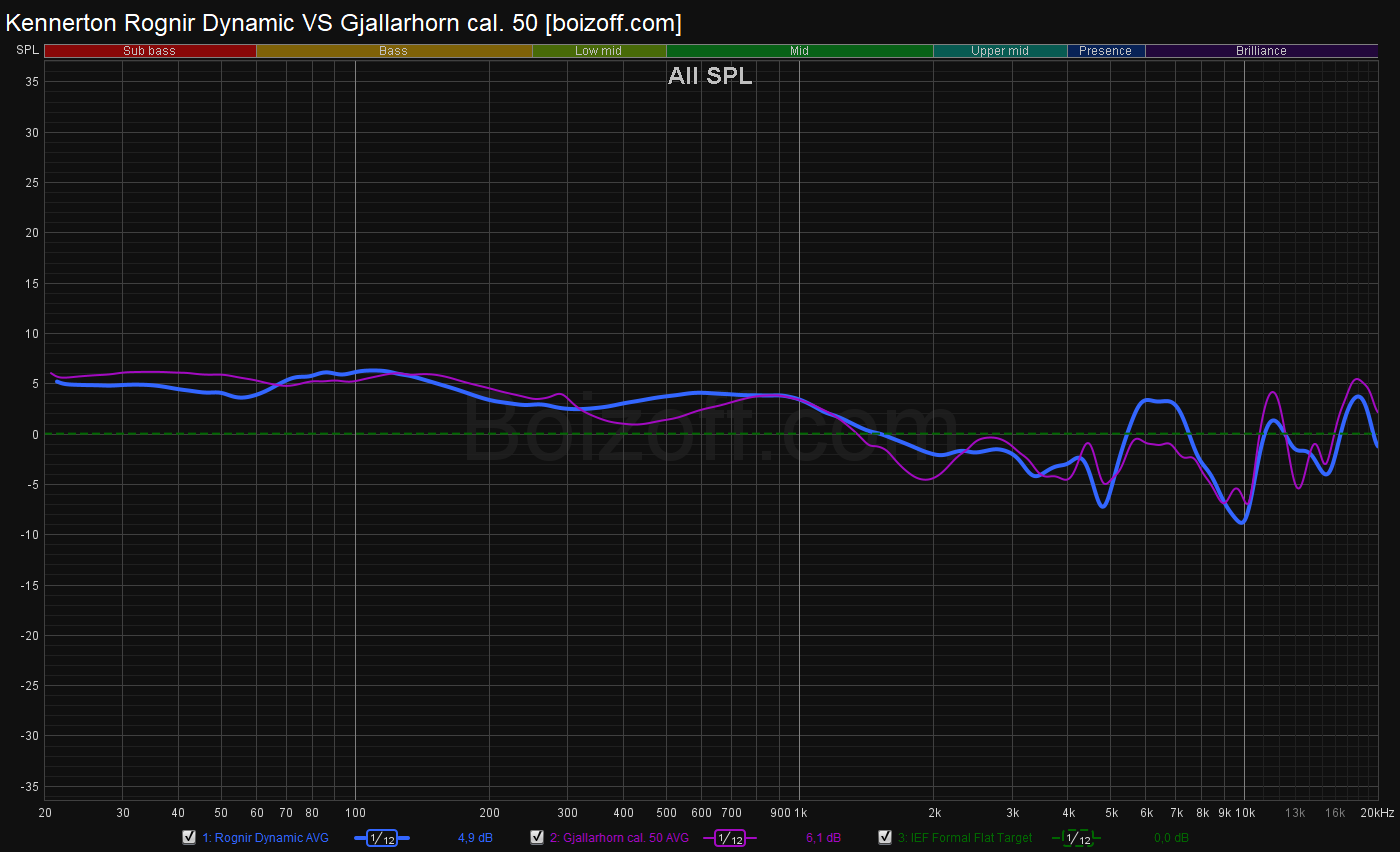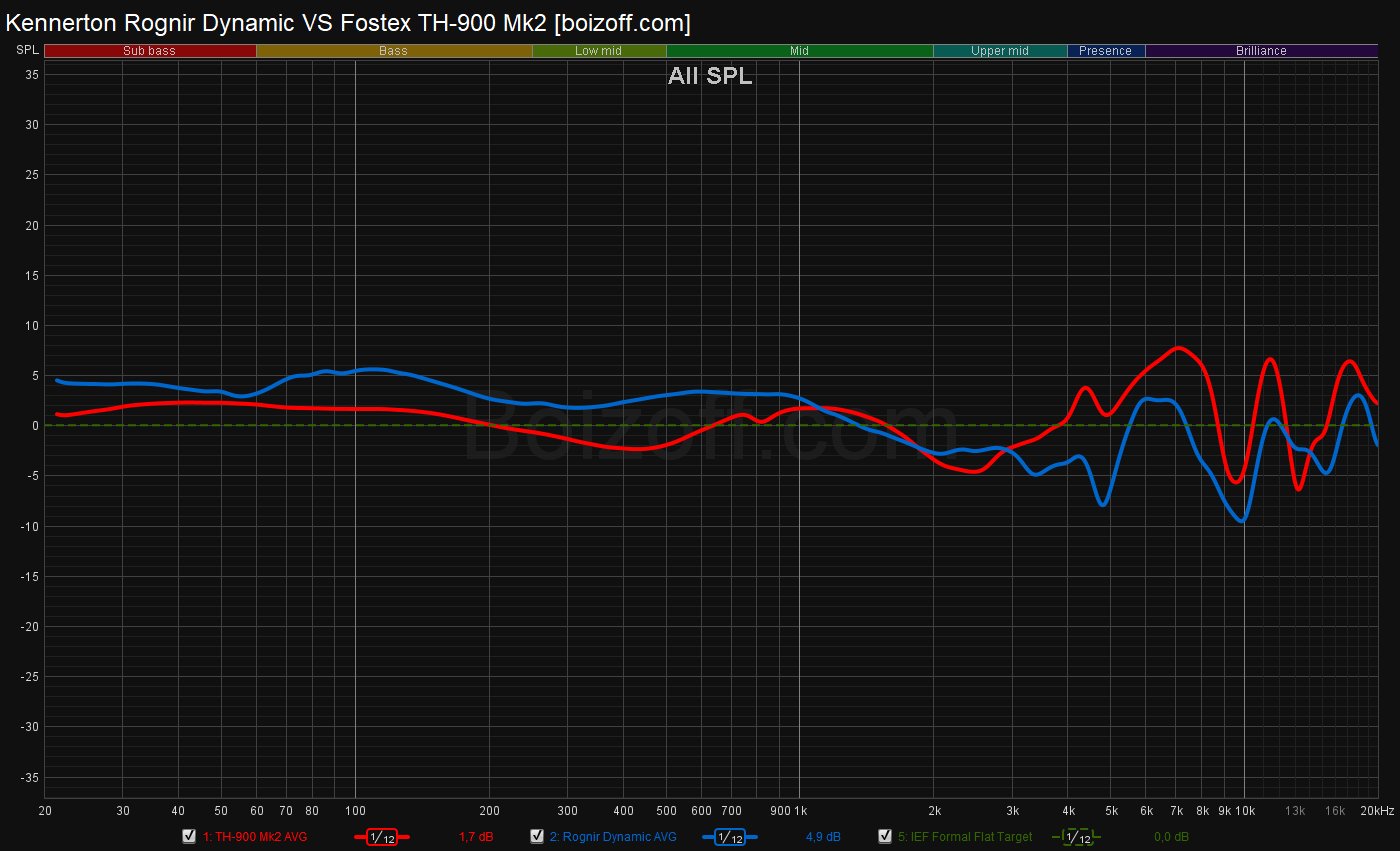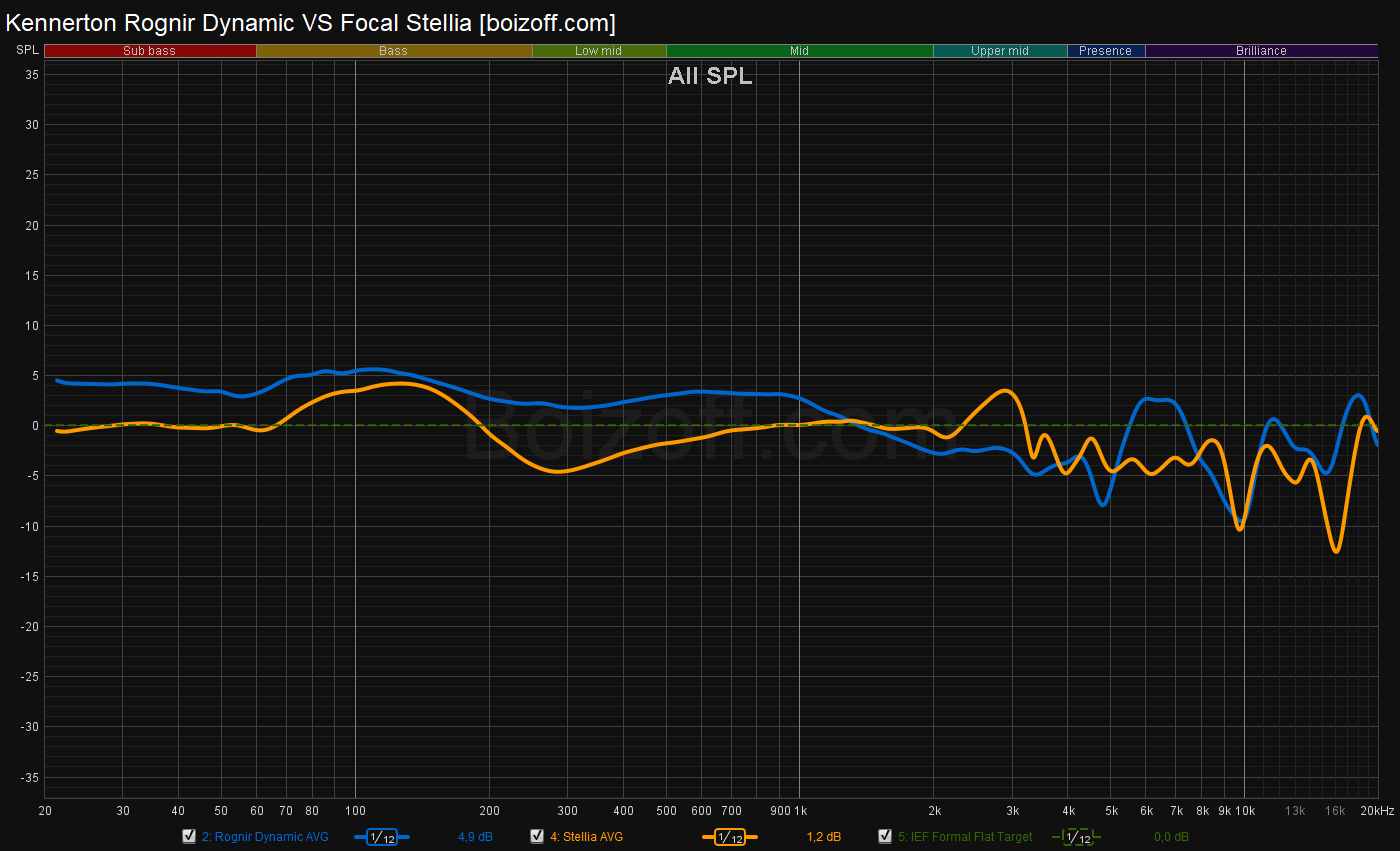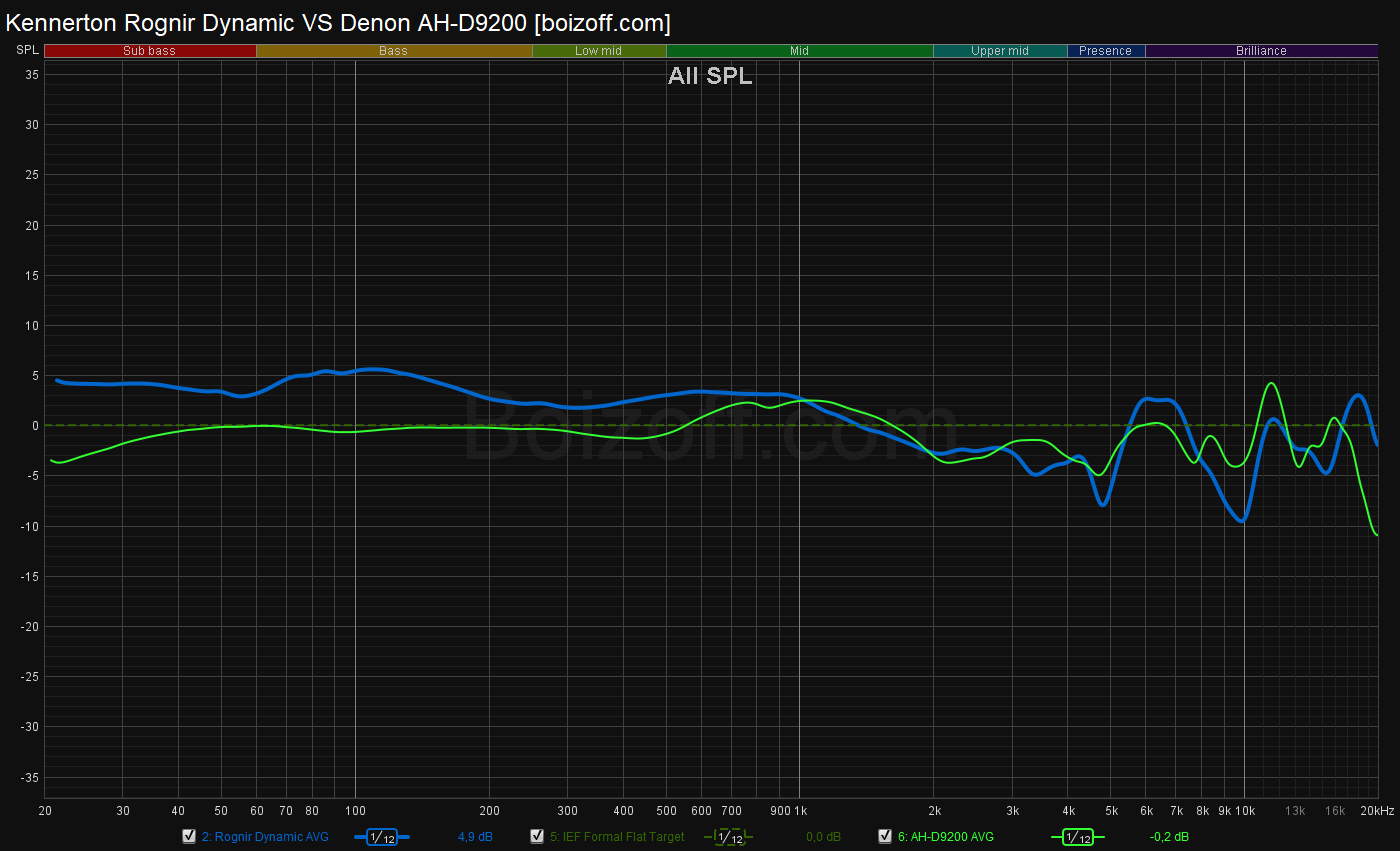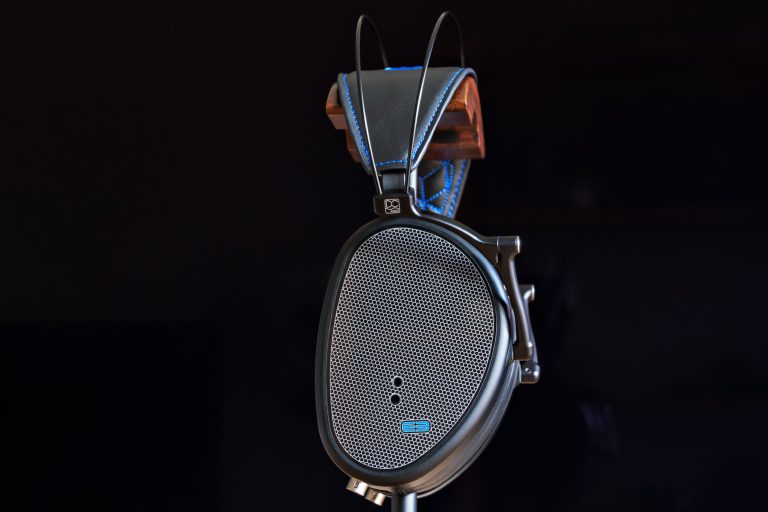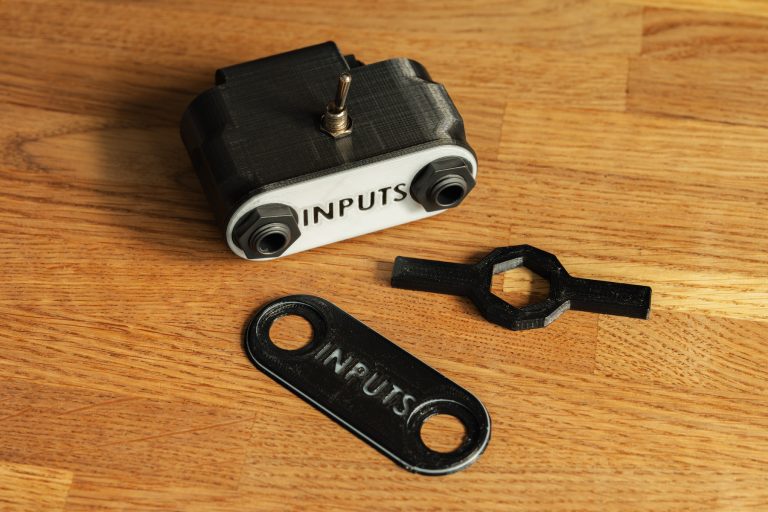The Rognir Dynamic. Your favorite slippers
In the middle of 2021, the Kennerton introduced their Rognir planar headphones with prismatic cutting inside the earcups allowing effective sound dispersion in the inner space of the earcups. So it was pretty logical to anticipate a dynamic model with the same technological approach to be developed and released.
And it actually happened: in December 2022, the Rognir Dynamic were released.
Appearance, build, technologies
The Rognir Dynamic (hereinafter – RD) are virtually a copy of their planar counterpart. Despite the closed-back design, this model is clearly intended for home use – these 538 grams kind of whisper ‘Don’t be a fool, use the headrest’. As always, the Kennerton offer different material options for the earcups, and I was blessed to receive this beauty for my review.
There’s a self-regulating headband with an additional damping removable pad – a common detail of older Kennerton models. The fit is very loose and extremely comfortable due to the huge and insanely soft beveled earpads. The pressure is minimal, but thanks to the memory foam earpads stuffing, the headphones hug your head like one of those fancy-shmancy high-tech pillows. In the very first seconds of listening, the fit doesn’t seem to be as tight as you like it, but you just wait for another half a minute, and the fit becomes perfect. That being said, I’d rate these heavyweights as one of the most comfortable headphones I’ve ever tried. And in terms of comfort, the RD can easily become a good competition to the Meze Empyrean, that’s for sure.
Moreover, the earcups are quite deep, so that your ears don’t even touch the inside of the earpieces. The sound insulation is okayish.
Under the earpads (I’ve removed the earpads, yes), there’s a fabric filter, and under that filter, there’s an additional soft pad.
Under the metal grid, there’s a 50 mm driver, as well as damping inserts. The exact same speaker is used in the Gjallarhorn model, by the way.
If you carefully remove the driver, you’ll see the inner surface of the earcup. This is some don’t try at home business.

It’s basically the same earcup design as in the planar Rognirs with prismatic protrusions all over the surface, which theoretically should increase the soundstage and enhance internal resonance.
And just like in the planar one, the cables are connected to the RD via miniXLR connectors.
The build is really neat and looks reliable – that’s something the Kennerton do. And, as always, kudos to the manufacturer for letting guys like me disassemble their headphones and take photos of the guts. Otherwise, my Kennerton reviews would probably include measurements, some ‘oh these are comfy okay’ with ‘alright, the earcups are stylish’, ‘the end’.
Quick specifications overview
- Design: ear-enveloping closed-back with dynamic driver.
- Impedance: 32 Ohms.
- Sensitivity: 116 dB/mW.
- Weight: 538 grams.
General sound overview
The total listening time was about 60 hours.
Subjectively, the sound feels saturated around the lower middle to lower frequencies without any clearly highlighted individual sections. These headphones add some warmth to any musical material and a weighty bass dominant in a relaxed dynamic manner. There’s a certain descent around the upper middle section of the range, and everything sounds as if from a distance. The soundstage has a rather small depth and is never close to the listener: it’s always some, say, 5 meters away from you.
How would I describe the RD’s approach to sound delivery? It’s ‘warm’ and full of meaning. These headphones are all about Wembley shows, not detailed and intimate studio performances.
Sound delivery as I see it
Lower-frequency range
RD can reproduce some very, very low frequencies: you’ll be able to hear both 22 and 18 Hz sections – it’s like a revelation. The sub-bass is quite dominant here; the RD make any track appetizingly sub-bassy. The frequency range section around 120 Hz doesn’t feel highlighted, so the sound isn’t punchy or energizing, but is gentle and velvety enveloping. As a result, the overall delivery weight is just awesome, but the texture, the detailing and the bass flexibility take the silver. Maybe bronze. Given all of the above, the ‘Alabaster’ by All Them Witches, the ‘Sahara’ by Hensonn, and the ‘Svanrand’ by Heilung sound very impressive.
Mid-frequency range
The mid-frequency range here is perhaps the most controversial feature of the model. The middle section isn’t exceptionally bad, of course not. It’s reproduced very clearly, legibly, it’s just not enough for me personally. I’d say it’s not a problem in most tracks, though be ready for an unpleasant surprise in some of them. You want the vocals? Duh. For example, the Motörhead’s ‘Till The End’ is just voiceless. Lemmy’s voice isn’t a particularly ringing one, and the RD just washed out the rest of it from the track. Same for the ‘The Shroud’ by Naïve. But let’s be honest, such unfortunate tracks are a rare kind. In ‘The Calvary Cross’ by Still Corners or, for example, in the ‘Ain’t No Change’ by Blues Pills, the voice reproduction is perfectly okay.
Higher-frequency range
The high frequencies are delivered just right, just like they should be. No simplifications or omissions. Not sparkling good, though: just hands down correct. A couple of examples: the ‘So Fell Autumn Rain’ by Lake Of Tears and the ‘Juniper’ by Slowly Rolling Camera sound really good in the top range section.
Instrument positioning and virtual soundstage
The instruments are positioned somewhat sketchy, but quite readable after all. The soundstage is always, as if at a certain distance.
Measurements
The listening was carried out using RME ADI-2 DAC (Hi-Power mode amplification).
The measurements were performed using a modified miniDSP EARS measuring rig calibrated to the target curve proposed by the InEarFidelity website (see my article on target curves, Fig. 14) + 2 dB rise in the lower part of the range. The headphones measurements corresponding to the target IEF curve should look like a flat curve in my graphs. For each of the earpieces, the measurements were made until 5 reliable and stable measurements were obtained for the left and right channels; any deviant measurement results were excluded. The resulting measurements were obtained by averaging the responses of two channels, that is, ten measurements in total were taken into account. All diagrams shown feature 1/12 octave smoothing.
One last thing before we proceed: if you have no clue what those lines mean (not shaming you!), please read the article: there, I tried to explain everything in as much detail as possible.
Quod erat demonstrandum, or, in English, see? I was right!
- The 20 to 1500 Hz section is elevated and reaches its top point at 120 Hz, though without any spikes.
- The upper section of the middle and some of the upper-frequencies at 4-5 kHz are muted, and that’s where this distance feeling sits.
- The 5.5-8 kHz part is pulled closer to the lower-frequencies level, so basically the details don’t feel lost or something.
- And, finally, everything above 11 kHz level is more or less smooth.
Comparisons
The RD are an ear-enveloping closed-back model: therefore, I’ll be comparing them with other similar (in terms of design) models. The measurements for all my little helpers were done using the same above-mentioned method all by myself and with the same rig.
Rognir Dynamic VS Rognir (planar version)
Look at the graph: there’s literally nothing in common between the planar and the dynamic Rognir versions. Compared to the RD, the planar Rognir are more airy, they accentuate the mid-frequencies and higher-frequency ranges, but make it significantly less smooth and saturated in the bass and mid- to lower-frequencies.
Rognir Dynamic VS Gjallarhorn cal. 50
The Gjallarhorn cal. 50 have a 5-8 kHz section reduced compared to the RD, and a smooth decline at 400 Hz, which results in a more pronounced and accentuated bass. Don’t forget about the Gjallarhorn cal. 50’s horn (which the RD don’t have): the Gjallarhorn cal. 50 sound more massive and are able to competently blow your mind, though their overall tuning is even more ‘dark’ compared to the RD.
Rognir Dynamic VS Fostex TH-900 Mk2
The Fostex TH-900 Mk2 feature a boosted 4-9 kHz range, while the lower- to mid-frequencies and the bass are close to rather neutral tuning – this is why the TH-900 Mk2 sound delivery naturally seems too bright. The sound is completely different compared to the RD; these models have nothing in common. At all.
Rognir Dynamic VS Focal Stellia
A curb at 130 Hz and a dip at 300 Hz result in Focal Stellia reproducing basses in a more accentuated way, though at the same time somewhat differently, as if separately from the rest of the frequency range. The RD, in return, sound less neutral, but more consistent.
Rognir Dynamic VS Denon AH-D9200
The Denon AH-D9200’s tuning is closer to neutral, but the curb at 1200 kHz adds a kind of buzzing hue. Otherwise, the AH-D9200 sound much smoother compared to the RD.
Summary
The Rognir Dynamic is about some relaxed, soft sounding with almost no loss of detail. There are no sharp peaks or dips, no dubious distortions in the frequency response or shady traces of creator’s ‘I do what I want’, and the sound delivery is very harmonic, meaningful, balanced. The Rognir Dynamic feel like your favorite slippers – not too fancy, not too sophisticated, but warm, comfortable and dearly loved. Among the biggest advantages is, of course, their high usability. They don’t require a high-power amplifier, either. Isn’t it great? You don’t buy a jeweled acajou shoe rack for your slippers, huh? As for the weak points… The soundstage, which isn’t the deepest and widest of all. And, clearly, tuning itself may not be to your subjective liking.
While testing the Rognir Dynamic, I personally got a lot of pleasure from these. My belief that a subjective, pretty far from smooth sound delivery can be implemented intelligently, became even stronger. I mean, the musical creations shouldn’t be modified, of course, but if a certain flavor, an interesting hue is applied as an additional layer, it can be as good as the original. Maybe even better.
This model is certainly a big success.


